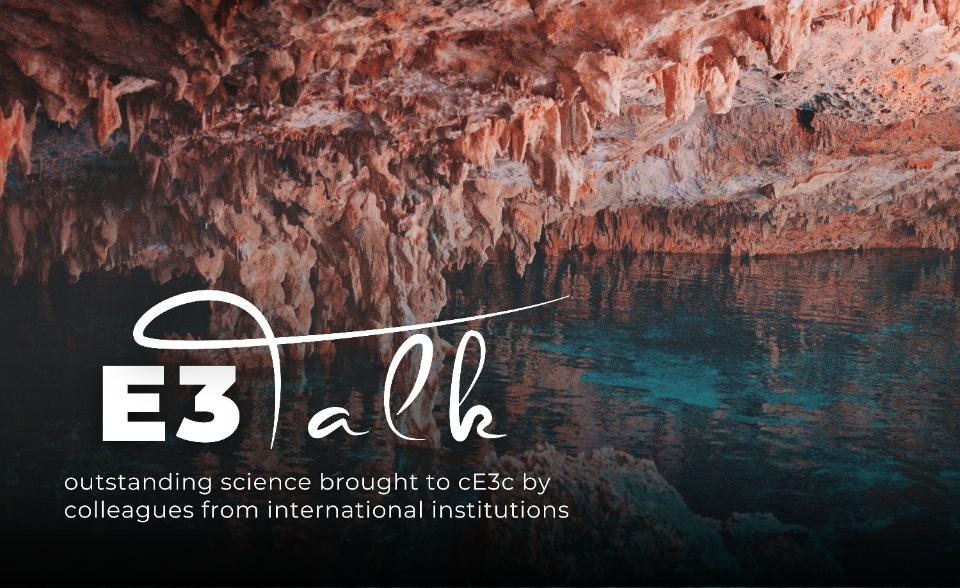-
Date:
15 Feb 2024
-
Location:
Room 2.2.14 - Faculty of Sciences of the University of Lisbon
-
Schedule:
12h00 (Lisbon time)
-
Lecturer or Responsible:
Kasun H. Bodawatta

In person only
Cave microbiomes, hidden beneath the Earth's surface, are intricate communities composed of diverse microorganisms, including bacteria, archaea, fungi, and viruses. These microbiomes exhibit distinct characteristics shaped by the unique challenges of subterranean life. In this talk I will provide recent insights we gained on the composition and drivers of bacterial communities in subarctic caves from Norway and insular caves from the island of Tenerife. We demonstrate that, despite nutrient-poor conditions, caves host stable and uniform bacterial communities, shaped by intricate interdependencies among bacterial taxa. The high niche specialization within cave ecosystems, thus, contributes to a rich bacterial diversity, contrasting with surface soil. Moreover, cave communities play pivotal roles in nutrient cycling, contributing to the decomposition of organic matter and influencing the geochemical processes within cave systems. Therefore, globally extending cave ecosystems can significantly contribute to the regional carbon budgets, challenging current perceptions based on surface habitats. Taken together, I will highlight the importance of understanding the drivers and members of cave microbiomes, which will not only unravel the mysteries of subterranean biodiversity but also provide knowledge for assessing their vulnerability to environmental changes, such as those driven by climate change or human activities.

